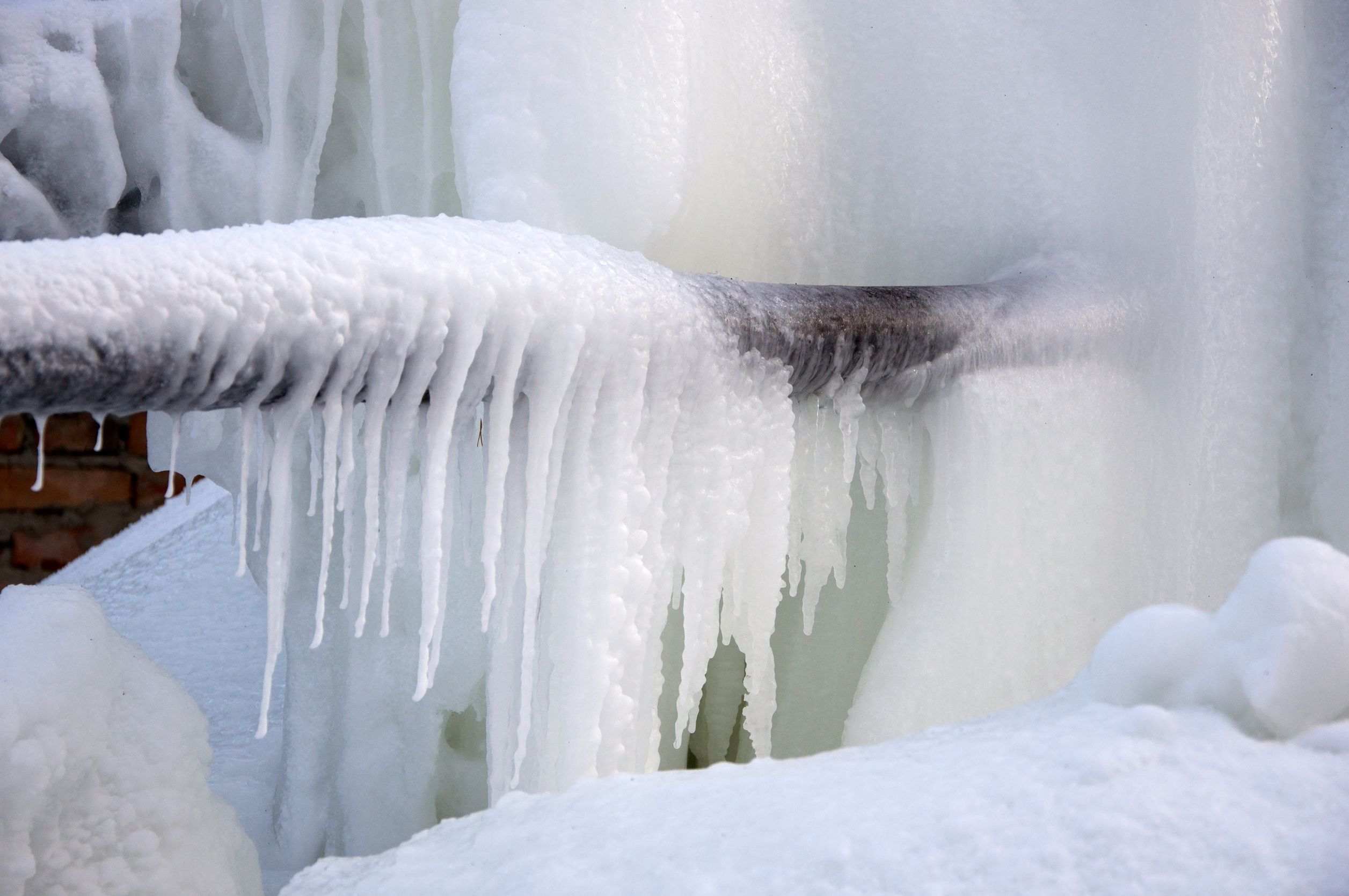How to Protect Pipes from Cold Weather: Professional Advice
How to Protect Pipes from Cold Weather: Professional Advice
Blog Article
Everybody may have his or her own assumption involving Winter Plumbing Precautions: Preventing Frozen Pipes.

Winter can ruin your plumbing, specifically by freezing pipes. Right here's just how to prevent it from happening and what to do if it does.
Intro
As temperature levels drop, the threat of icy pipes boosts, possibly resulting in pricey repair work and water damage. Understanding just how to avoid frozen pipes is critical for property owners in cool environments.
Avoidance Tips
Shielding at risk pipelines
Cover pipelines in insulation sleeves or make use of warmth tape to shield them from freezing temperature levels. Concentrate on pipelines in unheated or exterior locations of the home.
Home heating methods
Keep indoor areas effectively heated, specifically locations with pipes. Open closet doors to enable cozy air to distribute around pipelines under sinks.
Just how to determine icy pipes
Search for lowered water circulation from taps, uncommon smells or noises from pipes, and visible frost on subjected pipelines.
Long-Term Solutions
Architectural modifications
Take into consideration rerouting pipelines far from exterior wall surfaces or unheated locations. Include additional insulation to attics, basements, and crawl spaces.
Upgrading insulation
Invest in top notch insulation for pipes, attics, and wall surfaces. Proper insulation assists preserve constant temperature levels and minimizes the threat of frozen pipes.
Safeguarding Exterior Pipes
Garden hoses and outside taps
Detach and drain garden pipes prior to winter. Mount frost-proof spigots or cover outdoor faucets with protected caps.
Comprehending Frozen Pipelines
What creates pipelines to freeze?
Pipes ice up when subjected to temperature levels below 32 ° F (0 ° C) for prolonged periods. As water inside the pipes ices up, it increases, putting pressure on the pipeline walls and possibly causing them to burst.
Threats and damages
Icy pipes can lead to supply of water disruptions, residential property damages, and pricey repair work. Ruptured pipes can flooding homes and create substantial architectural damage.
Indications of Frozen Water Lines
Recognizing frozen pipelines early can prevent them from rupturing.
What to Do If Your Pipelines Freeze
Immediate actions to take
If you suspect frozen pipes, maintain faucets open up to soothe stress as the ice melts. Make use of a hairdryer or towels soaked in warm water to thaw pipelines slowly.
Final thought
Preventing icy pipelines needs aggressive steps and fast responses. By comprehending the reasons, signs, and preventive measures, home owners can protect their pipes throughout winter.
5 Ways to Prevent Frozen Pipes
Drain Outdoor Faucets and Disconnect Hoses
First, close the shut-off valve that controls the flow of water in the pipe to your outdoor faucet. Then, head outside to disconnect and drain your hose and open the outdoor faucet to allow the water to completely drain out of the line. Turn off the faucet when done. Finally, head back to the shut-off valve and drain the remaining water inside the pipe into a bucket or container. Additionally, if you have a home irrigation system, you should consider hiring an expert to clear the system of water each year.
Insulate Pipes
One of the best and most cost-effective methods for preventing frozen water pipes is to wrap your pipes with insulation. This is especially important for areas in your home that aren’t exposed to heat, such as an attic. We suggest using foam sleeves, which can typically be found at your local hardware store.
Keep Heat Running at 65
Your pipes are located inside your walls, and the temperature there is much colder than the rest of the house. To prevent your pipes from freezing, The Insurance Information Institute suggests that you keep your home heated to at least 65 degrees, even when traveling. You may want to invest in smart devices that can keep an eye on the temperature in your home while you’re away.
Leave Water Dripping
Moving water — even a small trickle — can prevent ice from forming inside your pipes. When freezing temps are imminent, start a drip of water from all faucets that serve exposed pipes. Leaving a few faucets running will also help relieve pressure inside the pipes and help prevent a rupture if the water inside freezes.
Open Cupboard Doors
Warm your kitchen and bathroom pipes by opening cupboards and vanities. You should also leave your interior doors ajar to help warm air circulate evenly throughout your home.

I was guided to that editorial on How to Prevent Your Pipes From Freezing from an acquaintance on our other web blog. Sharing is good. One never knows, you could be helping someone out. Thanks a lot for taking the time to read it.
Pricing Report this page